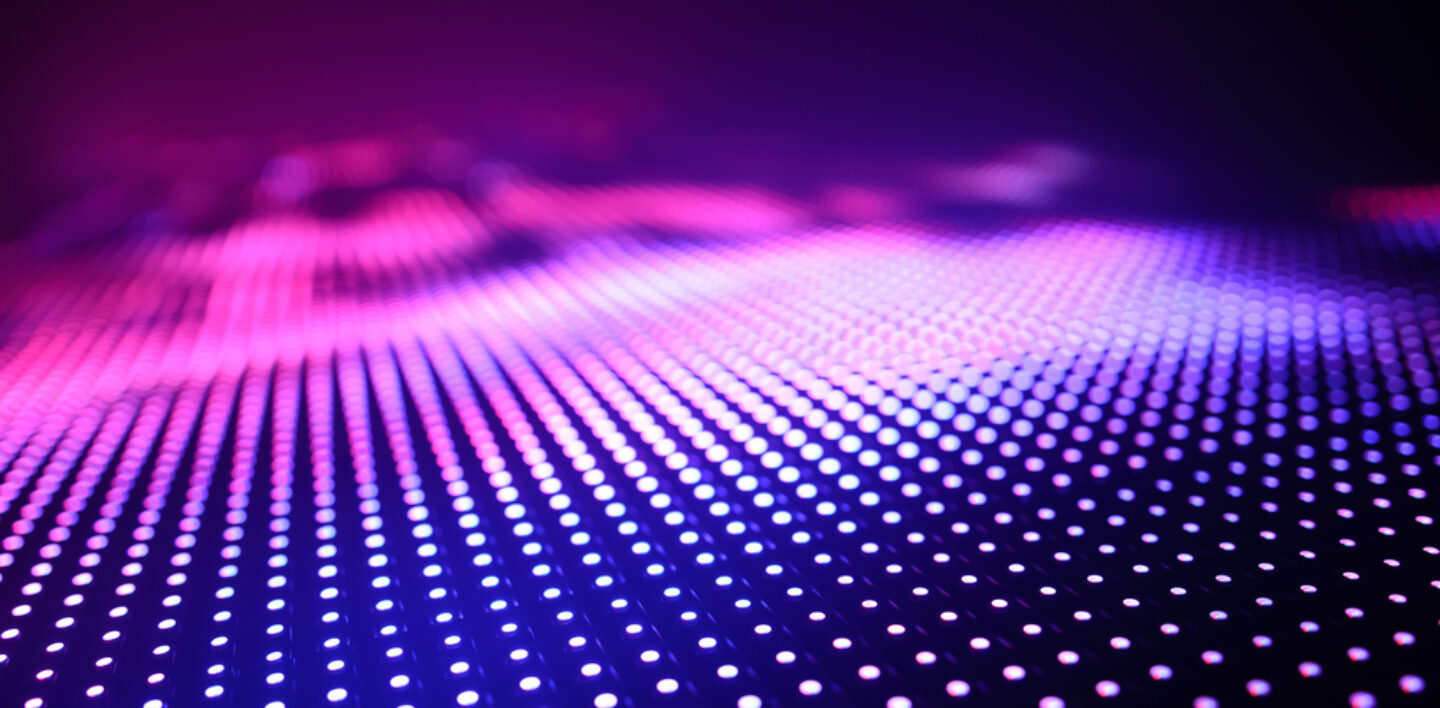Cost reduced by almost 50% compared to last year, Micro LED's new era
- 2022-11-07 10:48:56
- Source:CIOE
- News label:Micro LED, Display, AR, VR, Automotive
Micro LED, known as the ultimate display technology, has been developed for nearly two decades, and finally has its huge breakthrough in various fields. In the past few years, commercial products of Micro LED have been most represented by splicing large commercial displays and Samsung's The Wall display. This year, Micro LED has expanded the field including AR glasses, which considered to be a key technology that can be used in AR applications.
The applications of Micro LED are expanding comprehensively in size (large to small), and scenario (indoor to outdoor). This industry is taking off quite fast, and more new products will begin trial production this year. These included large displays, commercial displays, automotive displays, wearable displays, AR/VR micro displays, etc.

The cost of Micro LED has reduced significantly, which helps product development
In fact, the Samsung launched the world's first super-large Micro LED TV in 2018. The world has been full of expectations for Micro LED applications in the field of large-scale display, but limited by technologies and cost issues. Until this year, the cost of Micro LED this year has dropped by 50% compared with last year, professionals pointed out the most critical factor that catalyzes the development of Micro LED large displays this year - cost optimization.
Although compared with traditional LED backlight or OLED, the cost of the ultimate display technology Micro LED still has considerable room for cost reduction, but this year's cost decline has indeed taken a big step for Micro LED's mass production. Samsung, LG respectively launched a new generation of The Wall, MAGNIT Micro LED display products, domestic manufacturers Lehman, Hisense Commercial Display have also launched the main Micro LED display products. The size of the Lehman Micro LED display is 163 inches higher.
Large manufacturers promote transparent displays, Smart Cockpit, Micro LEDs redefine the automotive scenarios
In addition to large-scale displays have always been an important area for the development of Micro LED technology, the future development of Micro LED in the automotive field has great development potential. Considering the safety specifications of the vehicle itself, therefore the authentication needs at least 3-5 years and it must cooperate with the schedule of the car manufacturer to launch the car model, Micro LED application in the OE market still needs many years of investment.
However, from the perspective of improving the safety experience of driving, Micro LED will definitely show its technical value in the field of head-up display (HUD), which can also be seen from the huge business opportunities behind the active launch of Micro LED transparent displays by various manufacturers.
Micro LED can be built in various shapes because its flexibility, which gives Micro LED more credit than OLED as the future interior central control dashboard. The Smart Cockpit exhibited by AUO You can get a glimpse of how the scenarios in the car will change in the future due to the development of technology.
Micro LED became a key technology for AR applications
Micro LED is moving towards commercialization. In 2022, when applications are carried out in various fields, we must mention the AR. Chinese manufacturers are the most active in launching AR glasses, and the industry has even set this year as the first year of AR era. This year, including Xiaomi's Mijia glasses camera, Google's AR glasses that will be measured in public places, and even AR contact lenses such as Mojo Vision's launch, have made the industry optimistic and actively invested in AR glasses' research and development.
From the perspective of the key technologies that made AR glasses, Micro OLED was the mainstream technology in the field of AR glasses in the past. But as AR glasses can't be limited only to indoor scenario in the future, so brightness has become the weakness of Micro OLED. Considering that AR glasses need to be used outdoors, their brightness should reach more than 4,000nits. Because the development of glasses relies on the lightguide to hit the light in, through the array refraction display screen. In the case of the luminous efficiency of the lightguide is only 0.1%, the light source is at least greater than 4 million nits, which means Micro OLED is difficult to achieve based on its material.
In contrast, Micro LED can achieve the required brightness through the combination of multiple chips. Although with the current development of technology, the luminous efficiency of red light has yet to be settled, but green light has been able to reach the brightness required by AR eyes, with instant translation, instant teleprompting as the mainstream of current applications. According to TrendForce statistics, more than 10 global manufacturers have launched Micro LED penetrating AR smart glasses conceptual designs since 2021.
With the emergence of Micro LED products in ultra-large displays, automotive, AR glasses and Smart Watches this year, coupled with the Micro LED theme is also active in the capital market, and the upstream and downstream of the industry work continuously to overcome the difficulties of Micro LED technology. Professionals do not deny that from this year there will be more and more Micro LED commercial devices on the debut, which will undoubtedly accelerate the technological breakthrough and cost reduction of Micro LED, and the take-off of Micro LED applications is expected.
Media Contact
Ethan.li
ethan.li@cioe.cn